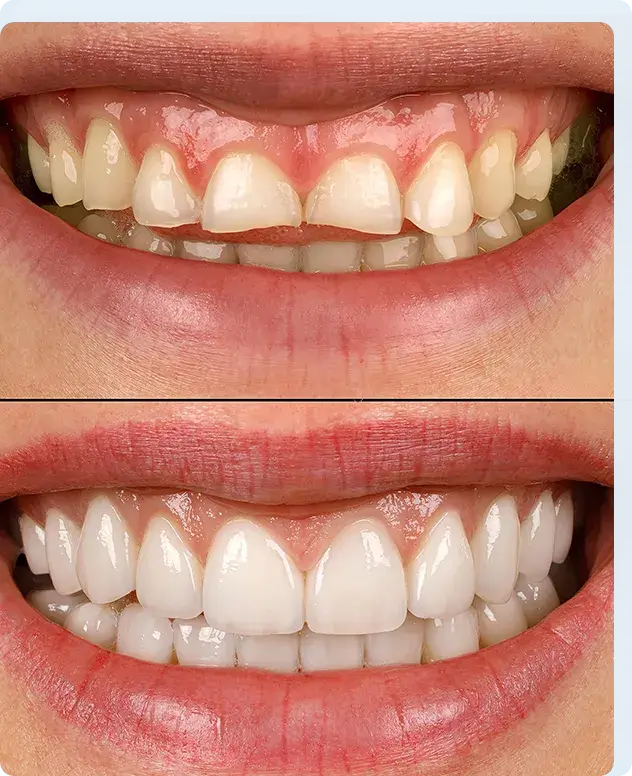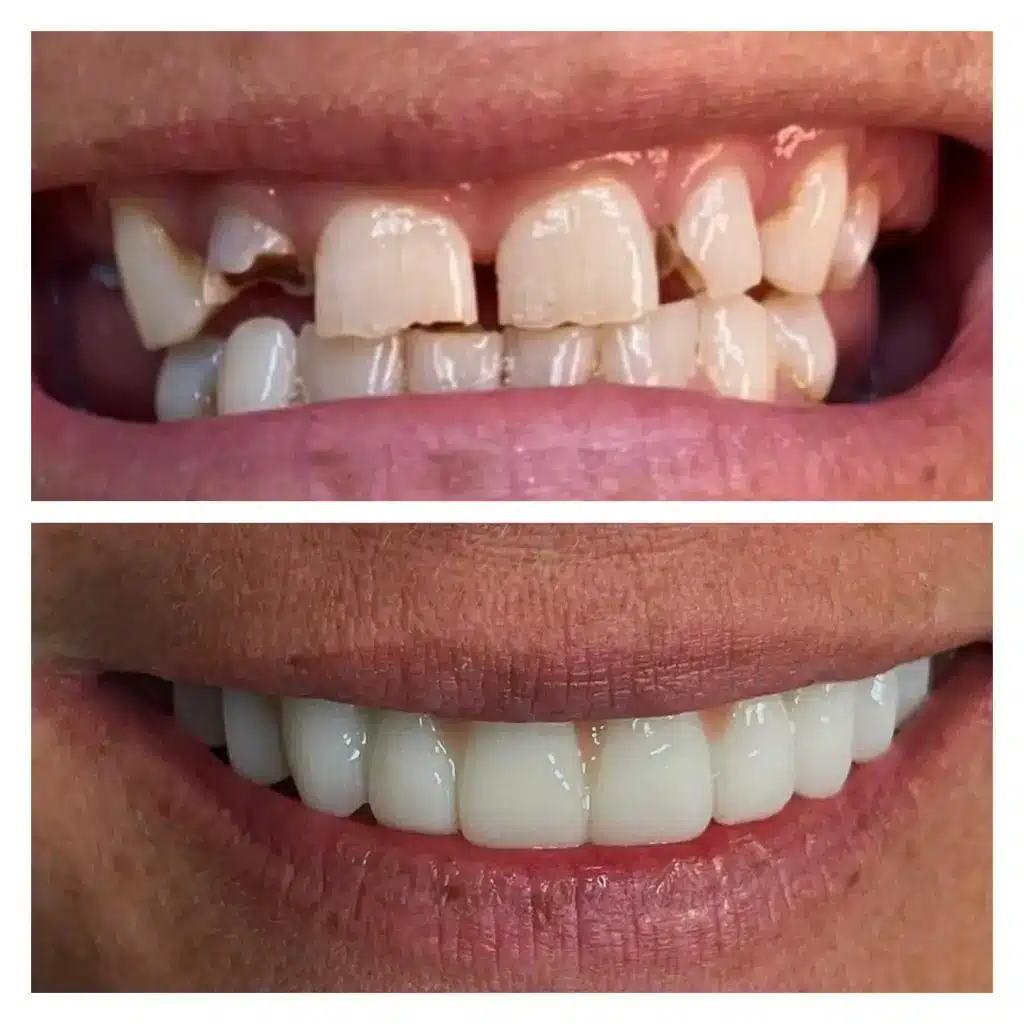A smile holds power—it’s the first thing people notice, and it can boost confidence, influence first impressions, and even impact your mental health. But what happens when dental issues take away that smile? This is where prosthodontic treatment becomes life-changing.
Prosthodontics is the dental specialty focused on restoring and replacing teeth. Whether due to injury, decay, age, or congenital issues, many people lose part of their natural smile. With advances in technology and personalized care, you no longer have to live with discomfort or embarrassment. Smile restoration is more accessible—and more powerful—than ever read more.
Why Prosthodontic Treatment Matters for Your Health
Missing teeth or damaged dental structures aren’t just cosmetic concerns. They can affect your ability to chew, speak, and maintain facial structure. Without proper support, the jawbone begins to deteriorate, and the shape of your face may change over time. Prosthodontic treatment goes beyond aesthetics—it restores essential oral functions.
People who undergo dental restoration often report better digestion, clearer speech, and less jaw strain. It’s a functional and emotional transformation, returning confidence and well-being through a beautiful, natural-looking smile.

Smile Makeover Procedures: What’s Involved?
A full smile makeover may involve several steps depending on your needs. Some patients require only minor adjustments, while others undergo full-mouth rehabilitation. Common dental restoration options include:
- Crowns: To rebuild broken or severely worn teeth
- Bridges: To replace one or more missing teeth
- Dentures: Partial or complete replacements for multiple missing teeth
- Implants: Titanium posts surgically placed into the jawbone to anchor prosthetic teeth
- Veneers: Thin shells that cover the front of the teeth for cosmetic enhancement
Each of these treatments can be customized to fit your oral structure, preferences, and health needs.
Choosing the Right Prosthodontist
Just like any medical decision, finding the right professional matters. Prosthodontic treatment should be performed by a specialist who understands the complexity of facial structure, jaw alignment, and tooth function. Unlike general dentists, prosthodontists complete additional years of training to manage more advanced restorative cases.
When selecting your provider, consider their certifications, patient reviews, and portfolio of previous work. A great prosthodontist isn’t just fixing teeth—they’re crafting your future smile.
The Emotional Impact of Smile Restoration
Beyond health benefits, smile makeover procedures can deeply influence self-esteem and emotional well-being. Patients who once hid their teeth when laughing or avoided photos now proudly flash a full, healthy smile. The psychological shift can be dramatic.
Studies have shown that people with restored smiles feel more socially confident and less anxious in public settings. Reclaiming your smile often means reclaiming your voice, your confidence, and even your career prospects. It’s not vanity—it’s healing.
How Long Does a Prosthodontic Makeover Take?
There’s no one-size-fits-all answer. Dental restoration options vary in complexity and duration. Some patients complete their transformation in a few weeks; others need several months due to healing times or staged procedures. Implants, for example, may take three to six months for full integration.
The process begins with a comprehensive consultation and treatment plan. Your prosthodontist will take impressions, scans, and models to design a custom solution. Temporary restorations may be used before the final fitting.
Cost and Accessibility of Prosthodontic Treatment
While prosthodontic treatment is a significant investment, it’s one that pays off in long-term comfort and confidence. Costs vary based on the procedures chosen, materials used, and location. However, many clinics offer financing plans, and insurance may cover part of the treatment if medically necessary.
It’s also worth considering the long-term value: improved quality of life, better nutrition, fewer future dental complications, and a durable, lasting smile.
Maintaining Your New Smile
Once your restoration is complete, it’s essential to maintain it properly. This includes:
- Regular dental checkups (every 6 months)
- Daily brushing and flossing
- Avoiding habits like nail-biting or opening things with your teeth
- Using night guards if you grind your teeth
Smile makeover procedures are designed to last, but their lifespan depends on care. With proper hygiene and follow-up, your prosthetic restorations can serve you for decades read more.

